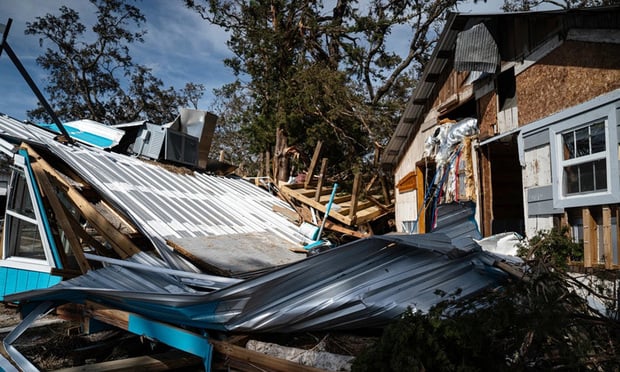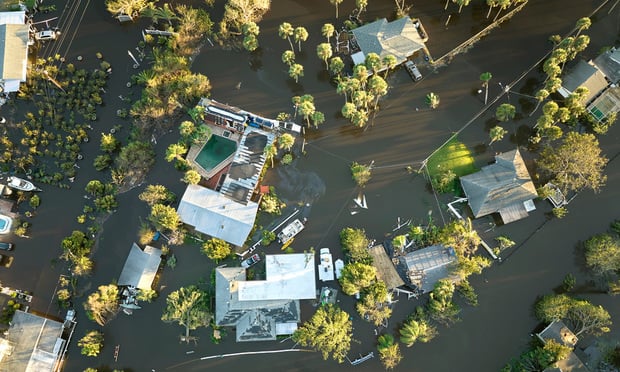NU Online News Service, March 22, 10:55 a.m. EST
U.S. Senators Barbara Boxer and Dianne Feinstein have introduced a bill that would authorize the U.S. Department of the Treasury to guarantee up to $5 billion in bonds available to certified public entities like the California Earthquake Authority (CEA) following a "mega-catastrophe."
The senators, both Democrats from California, said the bill (S 637)—dubbed the Earthquake Insurance Affordability Act—would better equip states like California to recover from natural disasters and make earthquake insurance more affordable.
The bill was introduced on March 17 and has been referred to the Committee on Banking, Housing and Urban Affairs.
Glenn Pomeroy, chief executive of the CEA, says the federal measure would allow the CEA to reduce rates because it would cut down on the association's reliance on reinsurance. Right now, about 40 percent of premiums collected go to buy reinsurance due to requirements by rating agencies that the CEA be prepared for a 1-in-500-year event, Pomeroy says. About $200 million of reinsurance is purchased for about $3 billion covered by the CEA.
"If we were to continue to be solely dependent on this type of risk transfer, we would never be able to get this coverage affordable," says Pomeroy, who added that only about 12 percent of homes with a homeowner's policy in California also have earthquake insurance.
If the bill passes as is, Pomeroy says the CEA would be able to reduce premiums by one-third immediately.
The federal guarantees would only be needed if the CEA, or other entities like it, were to exhaust all claims-paying ability. For the CEA, there is a less than one percent chance of an event occurring that is large enough to wipe out the organization's assets.
Essentially, the CEA is looking to collect enough to withstand a likely event and borrow for a significantly unlikely event.
If the bonds are triggered, Pomeroy says they can be paid back with "moderate premium adjustments."
The federal government would only back borrowing from entities like the CEA that could prove their ability to repay the debt. In fact, based on its premium numbers, the CEA could only gain access to about $1.5 billion of the $5 billion in bonds guaranteed by the federal government.
Pomeroy says that gives an opportunity for other CEA-like organizations to form in order to take advantage of the government-backed bonds.
The bill is similar to the Catastrophe Obligation Guarantee Act (COGA) of several years ago, which looked for Treasury to guarantee bonds issued by state catastrophe funds in Florida, Louisiana and Texas, as well as the CEA.
Want to continue reading?
Become a Free PropertyCasualty360 Digital Reader
Your access to unlimited PropertyCasualty360 content isn’t changing.
Once you are an ALM digital member, you’ll receive:
- Breaking insurance news and analysis, on-site and via our newsletters and custom alerts
- Weekly Insurance Speak podcast featuring exclusive interviews with industry leaders
- Educational webcasts, white papers, and ebooks from industry thought leaders
- Critical converage of the employee benefits and financial advisory markets on our other ALM sites, BenefitsPRO and ThinkAdvisor
Already have an account? Sign In Now
© 2024 ALM Global, LLC, All Rights Reserved. Request academic re-use from www.copyright.com. All other uses, submit a request to [email protected]. For more information visit Asset & Logo Licensing.








